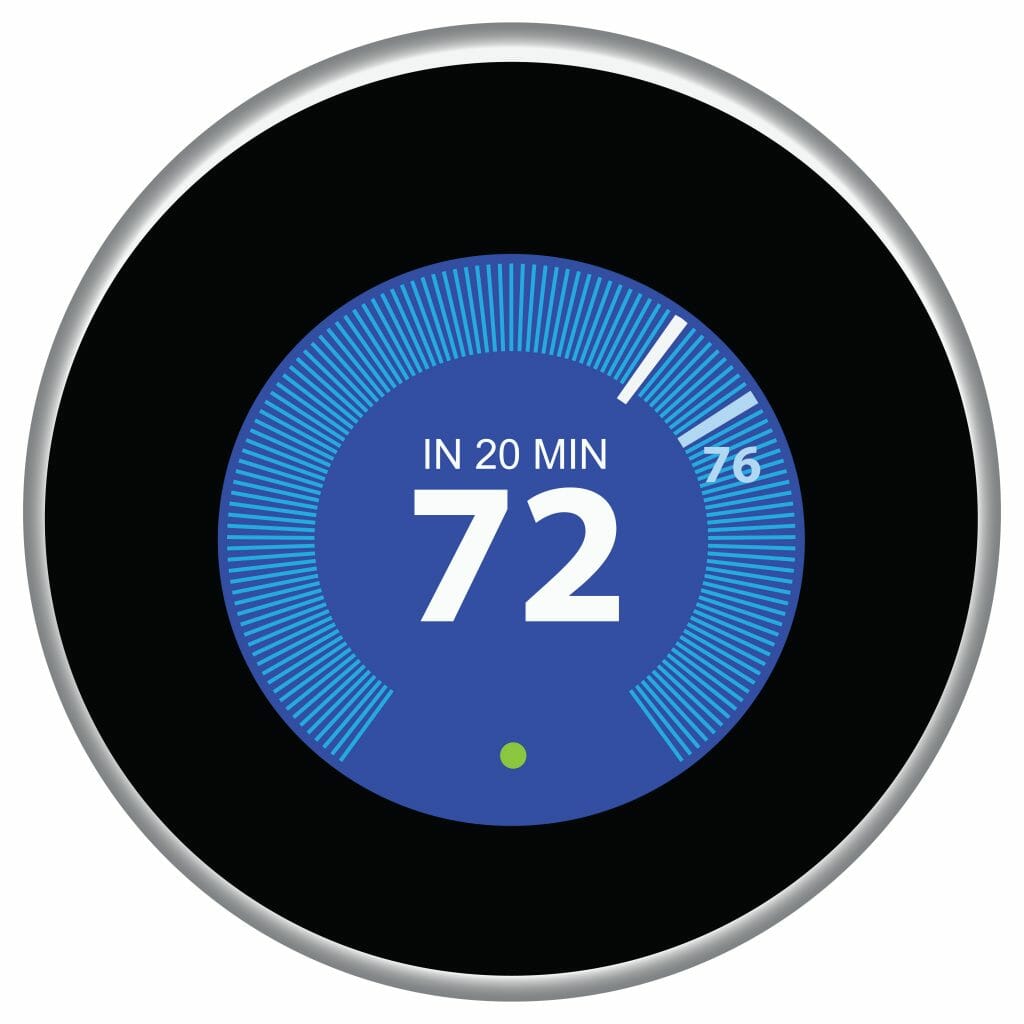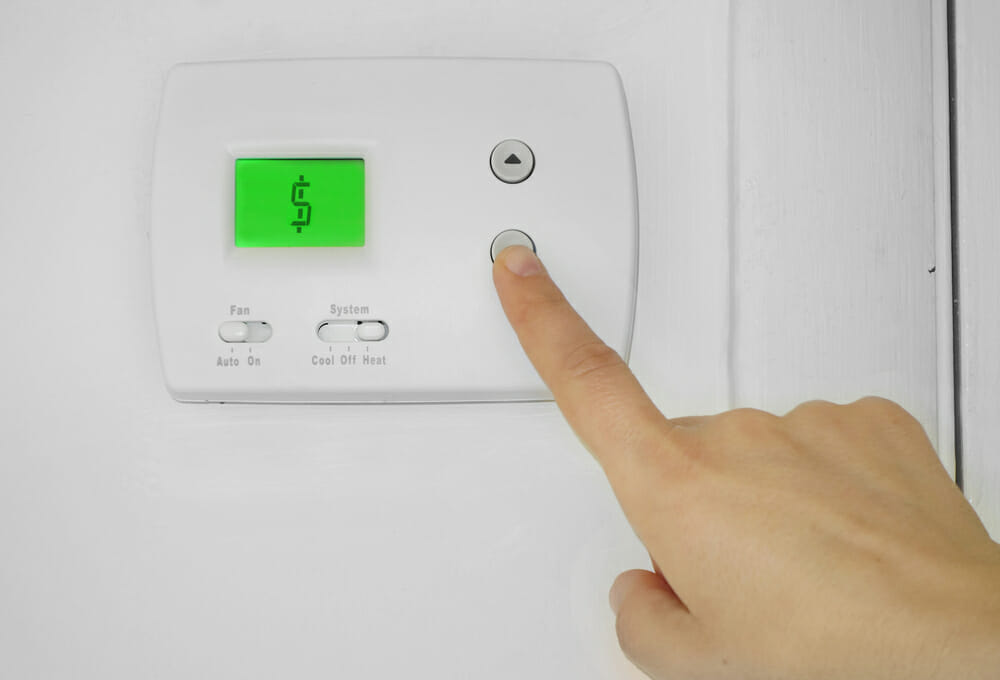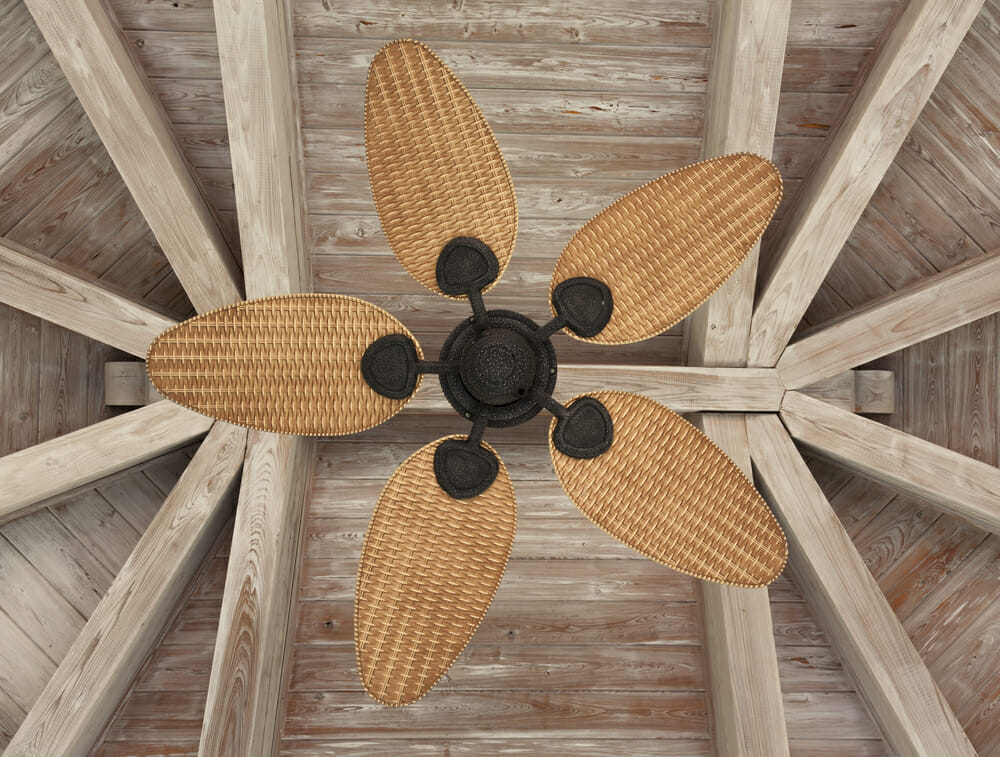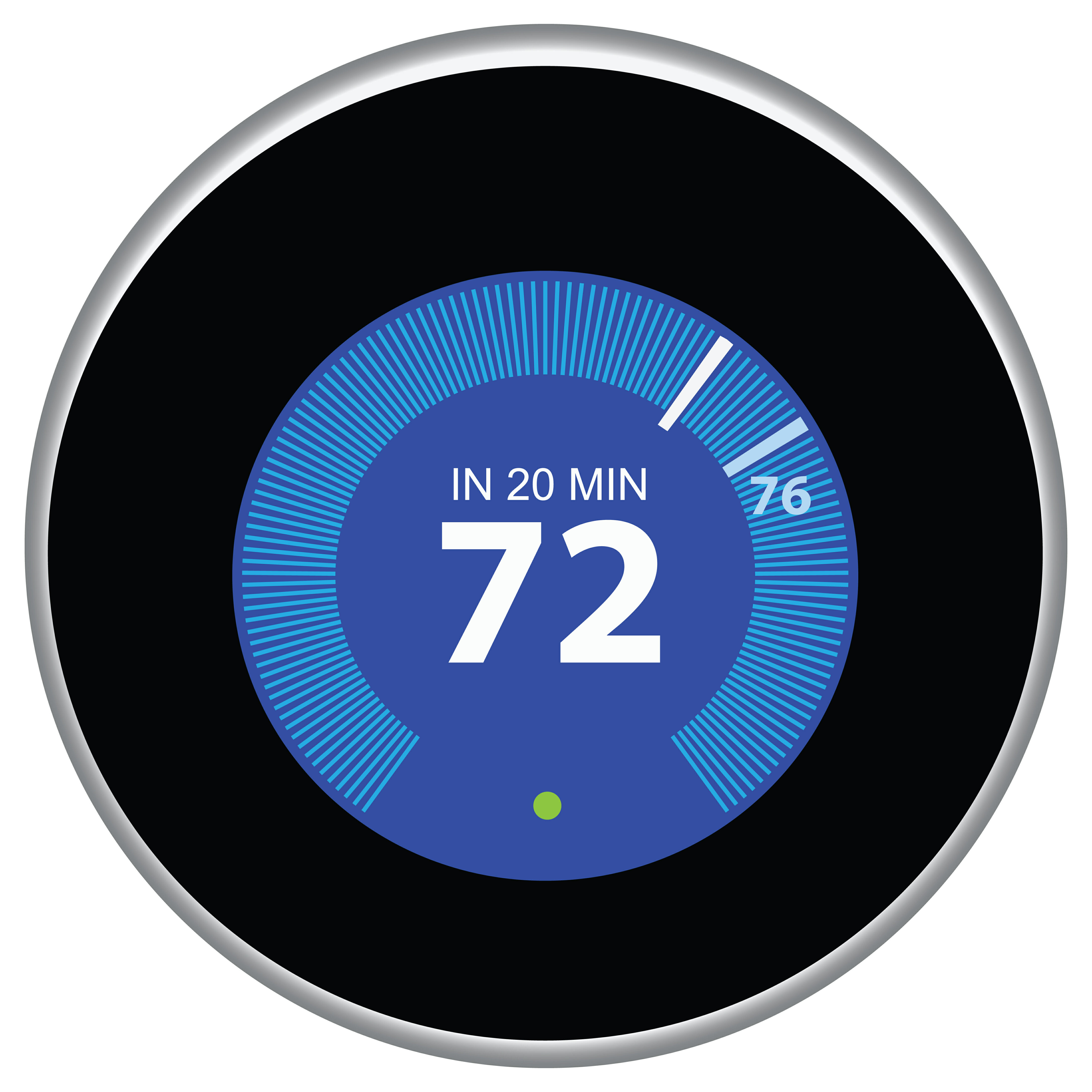Are you doing an HVAC project?
Modernize can pair you with three to four pros in your area, so you can compare options and save time and money.

What’s the ideal temperature to set your thermostat to during the day?
Like many homeowners, you might often wonder about just how high or low you need to set your furnace or AC to run when you’re away from home. You probably already know that it wastes money to heat or cool your homes when you’re away for long periods of time, or after you’ve gone to bed. But it can be confusing to figure out what temperatures to choose.
Stay in Tune with the Outdoors
The U.S. Department of Energy has calculated the energy and cost savings involved when you moderate your thermostat to be in sync with when you’re home, and here’s what they recommend. As a general rule of thumb, you should set your thermostat as high as comfortably possible in summer, and as low as comfortably possible in winter. Why is that?
Because the smaller the difference between the indoor and outdoor temperatures, the lower your overall heating and cooling costs will be. For example, say it’s 80 degrees Fahrenheit outside. It takes more energy to cool your house down to 75 degrees than it does to cool it to 77 degrees. So another way to think about this is, what is the closest temperature you can set your thermostat to match the temperature of the outside air?
The closer those two numbers—the outdoor air temperature and the indoor temperature your thermostat keeps your home at—the less energy you’ll use and the more money you’ll save.
In fact, DOE estimates that you can save as much as 10% a year on heating and cooling by adjusting your thermostat 7 – 10 degrees Fahrenheit for 8 hours a day.
For example, if you normally keep your home at 75 degrees in the winter, try turning it down to 65-68 degrees F when you go to work, and then again when you go to bed. If the temperature is 30 or 40 or even 50 degrees F outside, the closer you can get to that temperature inside, the less energy you’ll use. Most homes heat up pretty quickly, and comfort levels increase when you feel warm air circulating, so you might find that you can turn the thermostat down much lower than you thought in winter.
Find the Right Contractor for Your HVAC Project
Whether you’re ready to begin your project now or need some expert advice, our network of contractors are here to help. With a few simple questions, we’ll find the best local professionals for you
Likewise, in the summer, if you normally keep your home around 78 degrees F, turn the thermostat up to 85 degrees when you leave for work, as long as that temperature can keep humidity in your home under control. If it’s 85 or 90 degrees F during the day, the closer you can set your thermostat to that temperature, the less you’ll spend cooling your home.

Smart Thermostats
Using a programmable or “smart” thermostat will make this entire process easy. You can program thermostats to automatically adjust their settings, so that the thermostat turns down (or up) when you leave for work and when you go to bed. The thermostat will also kick in an hour or so before you get home from work or wake up in the morning so your home’s temperature is perfectly comfortable. Smart thermostats can also be programmed to adjust for weekend days when perhaps you’re in your home more frequently than you are during weekdays.
Make sure you don’t set your thermostat at a colder setting than normal when you do turn the AC on. It will not cool your home more quickly, but it could cool your home excessively, which will just result in you using unnecessary energy and wasting money on your energy bills.

Air circulation
If you live in a climate that cools off at night, turn off your cooling system and open your windows while sleeping. If needed, use a small fan or a ceiling fan to keep air circulating. When you get up in the morning, close the windows and turn the AC on until you leave for work. Keep curtains and shades drawn against the hot sun, then have the AC turn on a half hour or so before your scheduled return so your home is comfortable for the evening.
Have you tried any of these energy-saving methods? Tell us your story—and how much you saved on your energy bills—in the comments below!
Find the Right Contractor for Your HVAC Project
Whether you’re ready to begin your project now or need some expert advice, our network of contractors are here to help. With a few simple questions, we’ll find the best local professionals for you
Reviews from Real Homeowners
Welcome to Homeowner Resources! We are the Modernize blog. Modernize pairs more than 3 million homeowners a year with pre-vetted contractors in their area. This blog started because we believe homeowners should know everything about their homes, from how their HVAC works to which front door colors they might love. On Homeowner Resources, you can find information on every part of your home, right down to how you can negotiate with contractors to get the best price. Here's more about the blog.
Need a contractor? Learn more about how Modernize finds the right pro for you.


